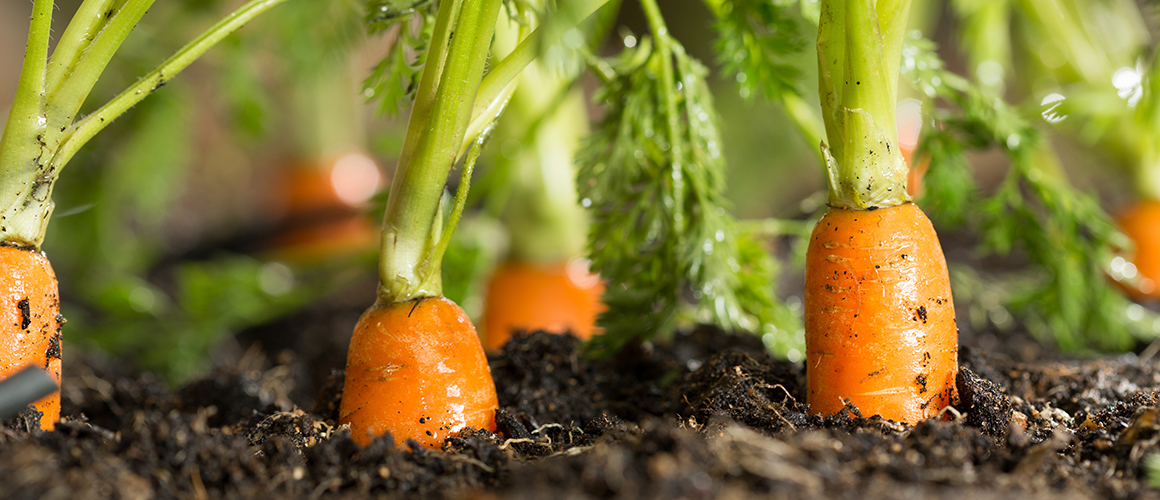A royal pain: New research investigates factors contributing to carrot crown rot
Carrot crown rot is a major issue that can severely downgrade or reduce carrot packout and profitability. Infected carrots develop lesions on the root which damage crop health and lead to lower grades for the produce that’s saleable.
Hort Innovation has funded a recently completed project to help Australian growers better understand the different types of carrot crown symptoms that can affect carrot marketability: ring crown rot, smooth crown rot, corky crown rot, soft watery crown rot and black ring.
All except black ring are major defects that will lead to carrots ending up in waste bins; meanwhile, carrots that have black rings in the crowns are downgraded to lower-grade carrots and are sold at less than half the value of premium-grade carrots.
The two-year study found that different soil factors and field conditions appeared to have a large influence on the types of crown rot symptoms that developed, including:
- Prolonged wet conditions causing soil compaction and soil crusting, which in turn appears to be a major causal factor in crown rots.
- Physical injury like early rubbing friction in dry soil crust, which is believed to be a pre-cursor to the development of ring crown rots.
- Foliar diseases, such as sclerotinia infections in tall dense crop canopy, which can result in soft watery crown rots in cool wet conditions.
The full final report from this project has now been published and features a list of recommendations that can help growers manage the risk of crown rots, such as:
- Remediating your soil surface post-cultivation to shatter any crusting formed on the surface layer.
- Ensuring that carrot crowns are covered with soil to protect them from extreme fluctuations in soil moisture and temperature on soil surfaces.
- Trimming carrot tops (horizontally or vertically) to potentially assist in reducing soft watery and black ring crown rot.
You can find the full report on the InfoVeg database.
This post appeared in the AUSVEG Weekly Update published 15 January 2019. Subscribe to the Update using our online form to receive the latest industry news in your inbox every week!


